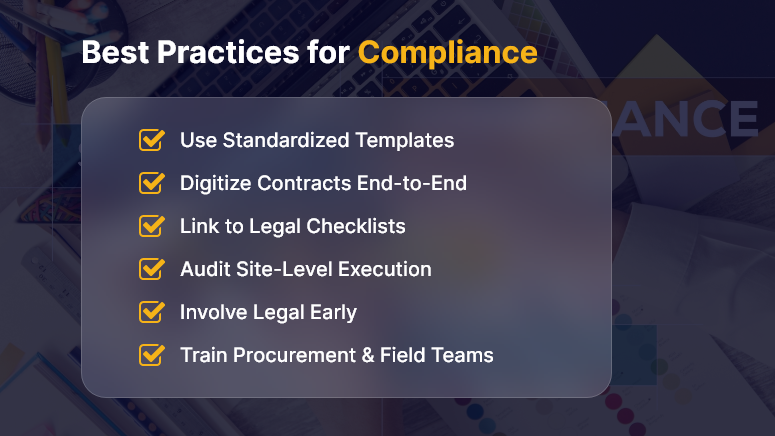In construction, time is money and trust. Yet, research shows more than 70% of construction projects experience some form of delay. Whether it’s supply chain disruptions, weather conditions, or unforeseen site issues, construction delays can quickly damage client relationships.
However, delays don’t have to mean broken trust. In fact, how you manage them can strengthen your reputation. By being transparent, proactive, and strategic, you can keep your clients informed, maintain confidence, and still deliver high-quality results.
In this article, we’ll explore proven ways to handle construction delays while preserving client trust, and how OConstruction’s integrated tools make the process more manageable and less stressful.

Why Managing Construction Delays Matters
Construction delays are inevitable, but unmanaged delays can lead to costly disputes, legal issues, and reputational damage.
The Business Case
- Financial Stability – Prolonged delays impact cash flow and increase overhead costs.
- Client Retention – How you communicate during a delay determines whether a client will hire you again.
- Team Morale – Clear direction during delays keeps crews focused and productive.
Who Benefits the Most?
- Project Managers – Reduce the chaos and uncertainty when schedules shift.
- Contractors & Builders – Maintain relationships that lead to repeat business.
- Clients & Developers – Receive honest updates and realistic expectations.
Pain vs. Solution
Without proper delay management:
- Clients feel blindsided by sudden timeline changes.
- Costs spiral without clear recovery plans.
- Trust erodes, leading to lost contracts.
With proactive management—especially using OConstruction’s construction project management tools—you can:
- Track delay causes and impacts in real time.
- Communicate updates with accurate, data-backed insights.
- Adjust schedules and resources to recover timelines faster.
Best Practices & Strategies to Handle Construction Delays
1. Identify the Cause Early
- Document delays as soon as they occur and identify root causes.
- Use OConstruction’s delay tracking module to categorize delays (weather, supply chain, labor, etc.).
2. Communicate Transparently with Clients
- Share the issue immediately — before they ask.
- Explain what happened, the expected impact, and your recovery plan.
- With OConstruction, you can send real-time progress reports backed by visual dashboards.
3. Provide a Recovery Plan, Not Just a Problem
- Offer alternative solutions, such as overlapping tasks or bringing in extra crews.
- Use the platform’s schedule simulation feature to model recovery scenarios.
4. Avoid Overpromising
- Don’t reduce timelines unrealistically to appease clients—it leads to bigger disappointment.
- Always base new estimates on verified data and historical project performance.
5. Strengthen Contract Clauses for Delays
- Include realistic delay clauses and weather contingencies in contracts.
- Store and manage all contracts in OConstruction’s secure document repository.
6. Keep Internal Teams Aligned
- Ensure all subcontractors and teams understand the updated schedule.
- Push instant notifications via OConstruction’s mobile app to keep everyone in sync.
7. Learn from Each Delay
- Conduct a post-project review to see how delays were handled.
- Feed these lessons into future construction risk management processes.
Customer Success Story
For example, NorthPoint Builders, a mid-sized general contracting firm, faced a three-week delay when a critical supplier missed a delivery. Instead of avoiding the conversation, they used OConstruction to:
- Generate a detailed delay impact report.
- Share a realistic recovery schedule with the client within 24 hours.
- Track every step of the revised plan through milestone dashboards.
The result? The client appreciated the transparency and awarded them two more projects the following year. Their on-time delivery rate improved by 15%, and internal team coordination became smoother than ever.
Key Takeaways
Construction delays don’t have to destroy client relationships—if you handle them right. The key is to act early, communicate honestly, and back your recovery plan with data.
Actionable Insights:
- Act quickly – The sooner you address a delay, the easier it is to recover.
- Communicate clearly – Clients value honesty over sugar-coated updates.
- Use technology – Platforms like OConstruction make tracking and recovery faster.
By reframing delays as opportunities to showcase professionalism, you can turn potential losses into lasting trust.



